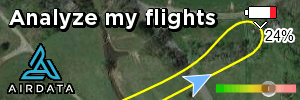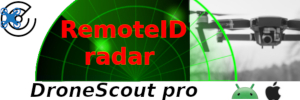I'm reviewing my state's laws again (Tennessee)
Tenn. Code Ann. § 39-14-405
Criminal Trespass
(d)
For purposes of this section, “enter” means intrusion of the entire body or when a person causes an unmanned aircraft to enter that portion of the airspace above the owner's land not regulated as navigable airspace by the federal aviation administration.
Where exactly is that? What's the FAA regulation I can cite for that?
edit to add underlining
Tenn. Code Ann. § 39-14-405
Criminal Trespass
(d)
For purposes of this section, “enter” means intrusion of the entire body or when a person causes an unmanned aircraft to enter that portion of the airspace above the owner's land not regulated as navigable airspace by the federal aviation administration.
Where exactly is that? What's the FAA regulation I can cite for that?
edit to add underlining
Last edited:










